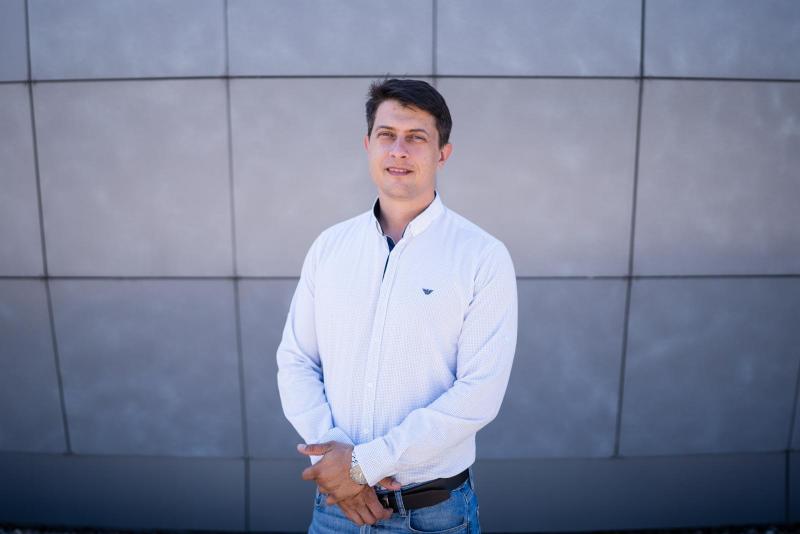Ideas and discoveries
Fake or real signature? FEEC scientists develop software for handwriting forensics

Handwriting studies is still one of the most important forensic techniques for obtaining evidence. The Institute of Criminalistics therefore approached experts from the FEEC BUT for cooperation, who are now developing software for handwritten writing analysis based on artificial intelligence and computer vision. It should help detect fake signatures or threatening messages. The project started this year and should be completed in 2025.
There are already similar literary software abroad, but because of the Czech diacritics and the specific way of writing, criminologists cannot use them.
“Moreover, writing evolves over time, and techniques of handwriting studies have not yet been developed for the newer types of writing, such as the block letters. It would not be feasible to do this in the classical way, either for time or financial reasons. By combining handwriting studies and software automation, we are able to perform a very reliable analysis in a few seconds, which would normally take a person a week,” explains project leader Radim Burget from the Institute of Telecommunications of the FEEC BUT.
The three-year project is divided into several phases – in the initial one, the researchers are now training a machine learning algorithm to determine as accurately as possible the type of pen used to sign the document. For this purpose, they use the database of the Institute of Criminalistics, which contains several hundred inks, including information on the state, composition and manufacturer. “With special equipment, we are able to determine the spectrum of a given ink and use artificial intelligence to pair it with an identical ink in the database. At the same time, we're finding out how the properties of a single ink change over time, which is useful for analysing older documents,” Burget says.
The emerging software can thus confirm whether multiple documents have been signed with the same ink and by the same person. This is useful, for example, in cases where a person has signed one contract but denies signing others. “The aim is to analyse whether the ink is identical on the examined documents. Moreover, if the person in question uses a pen with a unique refill to sign, the importance of such evidence increases. Similarly, if officers secure a pen in the office of the person under investigation, they can link it to suspicious documents. For the court, this can be circumstantial evidence of the perpetrator,” explains the project leader.
In the next stage, the researchers will look at writer identification for handwritten script, which will allow the writing to be analysed using measurable parameters. “Thus, the opinion of the handwriting expert will be supported by data. Because now, if he/she says he/she finds the two signatures identical and the defence disagrees, the court will exclude the evidence. That's why we're working on developing measurable parameters that will evaluate the type of writing, and the AI will then evaluate how the samples are similar or different,” Burget says, noting that the software must have enough statistical plausibility to be accepted by judges as a credible source of information.
This is not the first cooperation with Prague criminologists for the experts from FEEC BUT – in previous years, they developed software enabling the recognition of blank cheques that were first signed and then printed with the amount of money. The aim of the cooperation is to equip the Institute of Criminalistics with a set of software tools and methodological procedures that will streamline and expand the capabilities of forensic handwriting experts.
Antibiotic resistance in the poultry microbiome is investigated by FEEC BUT
Doctors and technicians focus on radiation exposure after a nuclear disaster or the effectiveness of radiotherapy
Optical fibres will help peek into the deepest parts of the brain. A doctoral student from FME is involved in the research
Artificial intelligence will help to detect failures of the energy system
YSpace succeeds in prestigious ESA programme and heads to space